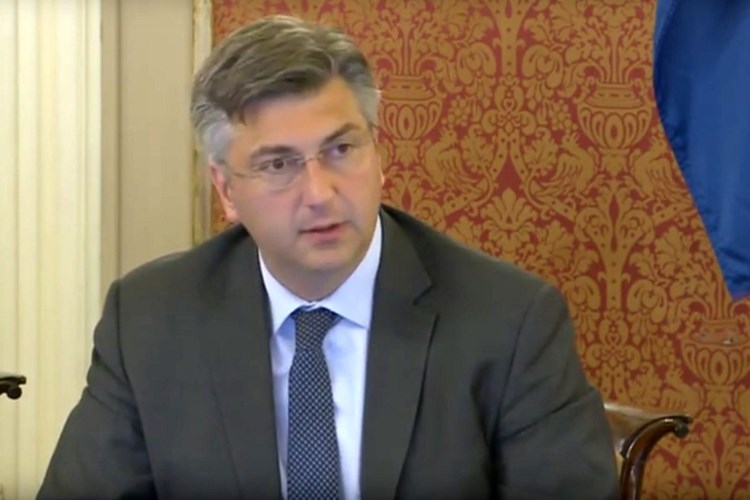- Published: 18.05.2017.
Croatian government set to raise child benefits
The cabinet of Prime Minister Andrej Plenkovic on Thursday sent to the parliament draft amendments to the child benefit legislation and already set aside HRK 156.6 million in 2017 for planned increase in maternity allowances, parenting payment and other forms of child benefits.
The amended legislation envisages that the upper limit for the statutory maternity pay, which is paid every month after the newborn child turns six months until their first year, will rise from the current 2660 kuna to 3991 kuna. This refers to employed parents given that the limited statutory pay in the second half of the year-long maternity leave is usually lower than their monthly salary.
Child benefit allowances for twins or for the third child until they turn three will be raised to 2328 kuna per month from the current monthly benefit allowance of 1663 kuna.
In 2018, the government will earmark HRK 313.2 million for higher child benefit allowances, and PM Plenkovic said today that this was his cabinet's contribution to help improve birth rates in Croatia.
Prime Minister Andrej Plenkovic expects the European Commission to give good recommendations for Croatia's possible exit from the the Excessive Deficit Procedure (EDP) and the premier expressed this expectation at the start of his cabinet's meeting on Thursday morning.
Earlier this week, the Commission postponed the adoption of the spring economic package as part of which it publishes economic recommendations for every member state. The package will mostly likely be adopted next week.
The Croatian PM told his cabinet that he was optimistic about the EC recommendations and he hoped the good news to this effect from the level of the (European) Council in mid-June.
This will be the confirmation of good economic trends in Croatia, Plenkovic said.
He thanked Finance Minister Zdravko Maric, Economy Minister Martina Dalic as well as other cabinet ministers for achievements in the country's fiscal consolidation and the responsible budgetary policy.
The EDP is a corrective mechanism the European Union conceived to bring back the member states' budget deficits to below 3% of GDP and public debts to below 60% of GDP, in line with the Maastricht criteria.
Croatia has been in the EDP since January 2014, when the Council of the EU gave it until the end of 2016 to cut the budget deficit to 2.7%.
Last year Croatia cut the deficit to 0.8% of GDP from 3.4% in 2015.
The Commission says in its Spring Economic Forecast that Croatia's deficit could increase to 1.1% of GDP, mainly due to the tax reform, and fall to 0.9% in 2018. The public debt is forecast to fall to 81.9% of GDP this year, from last year's 84.2%, and to 79.4% in 2018.
Croatia's public debt will remain above 60% of GDP for a long time, but the Commission does not look only at nominal figures, wishing to see a trend of decline, which Croatia is already showing.
Text: Hina
